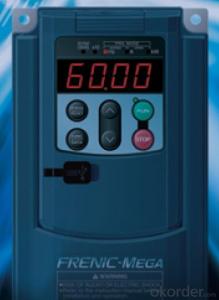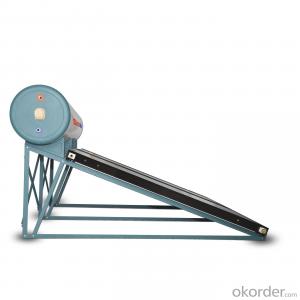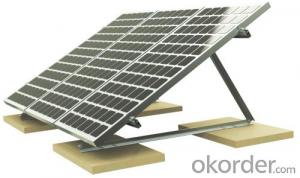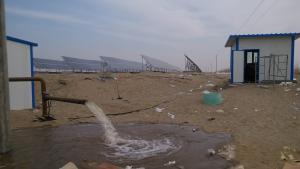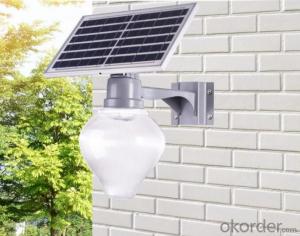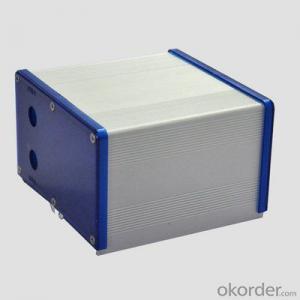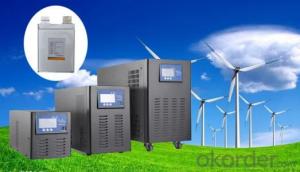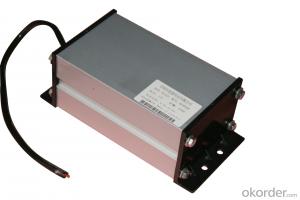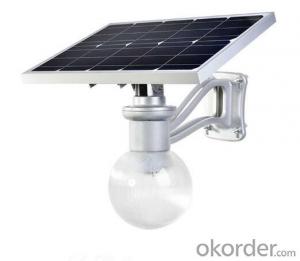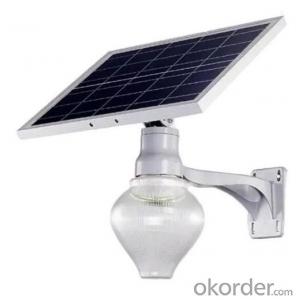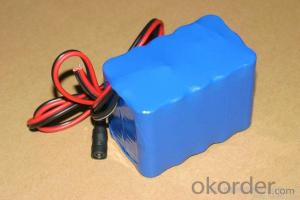Phoenix Solar Inverter
Phoenix Solar Inverter Related Searches
Fox Solar Inverter Focus Solar Inverter Frontier Solar Inverter Sun Solar Inverter Fusion Solar Inverter Inverter Solar Solar Inverter Mexico Falcon Solar Inverter Solar Solar Inverter Suntech Solar Inverter Foxess Solar Inverter Taiwan Solar Inverter Solaris Solar Inverter Fuji Solar Inverter Solar First Inverter Sunshine Solar Inverter Alpha Solar Inverter Power Solar Inverter Solar Energy Inverter Solar Home Inverter Morning Star Solar Inverter Sunpower Solar Inverter Fimer Solar Inverter Solar Inverter Taiwan Aurora Solar Inverter Hyundai Solar Inverter Solar X Inverter Inverex Solar Inverter Phocos Solar Inverter Solar Photovoltaic InverterPhoenix Solar Inverter Supplier & Manufacturer from China
Phoenix Solar Inverter is a high-quality product designed to optimize the performance of solar energy systems. These inverters are engineered to convert the direct current (DC) generated by solar panels into alternating current (AC), which can then be used by homes and businesses. They play a crucial role in harnessing the power of the sun and making it accessible for everyday use.The Phoenix Solar Inverter is widely used in various applications, such as residential rooftop installations, commercial solar projects, and large-scale utility solar farms. These versatile devices ensure that the solar energy generated is efficiently converted and utilized, reducing reliance on non-renewable energy sources and contributing to a greener environment. They are also known for their reliability and durability, making them a popular choice among solar energy enthusiasts and professionals alike.
Okorder.com is a leading wholesale supplier of Phoenix Solar Inverter, offering a vast inventory to cater to the needs of various customers. With a commitment to providing top-notch products at competitive prices, Okorder.com ensures that customers have access to the best Phoenix Solar Inverter solutions for their solar energy projects.
Hot Products






